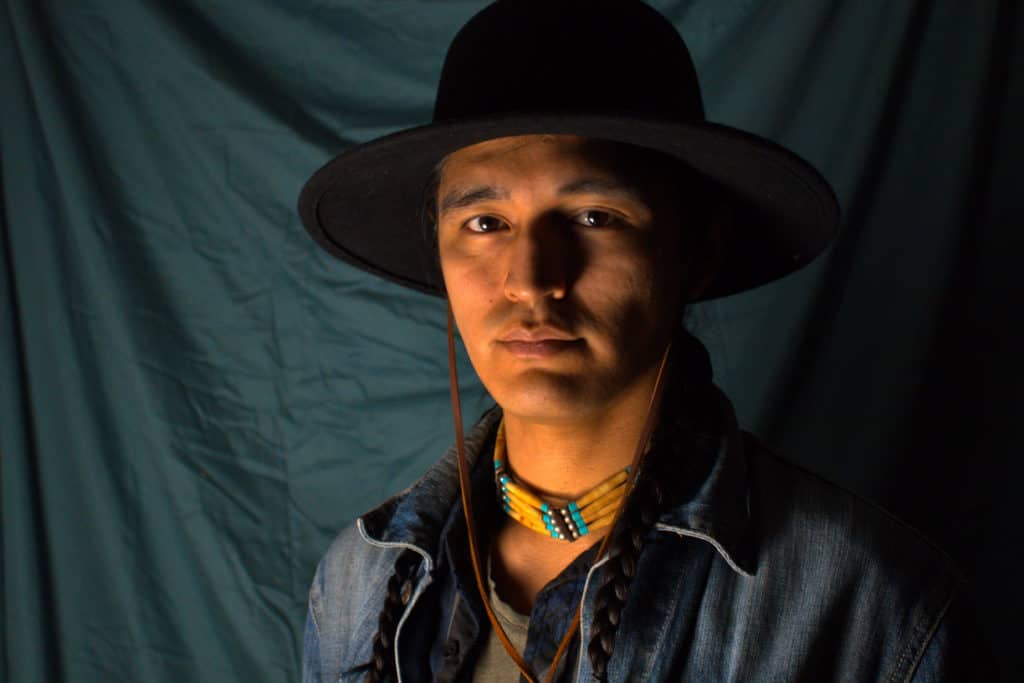Share this article
Students selected for 2021 NARA program
The Native American Research Assistantship program has selected three students to participate this year in research projects with U.S. Forest Service research and development scientists.
Made possible by the Premier Partner relationship between the Forest Service and The Wildlife Society, this professional development program facilitates mentoring opportunities for Native American students and promotes student advancement and training for careers in natural resource and conservation-related fields. Program participants assist researchers and learn about the Forest Service’s ecological, science-based approach to decision-making and balancing multiple-use management of national forests and grasslands.
Upper-level undergraduates, graduate students and recent graduates participating in the program will each receive a stipend to help cover travel, food and housing during the assistantship.
Three students have been selected for research assistantships, which will last for approximately 12 to 14 weeks, most beginning this spring and running through the summer.

Callie Kammers is studying fisheries and wildlife at Lake Superior State University

Serra Hoagland, CWB, is the liaison officer (biologist) at U.S. Forest Service Rocky Mountain Research Station.
Callie Kammers, of Lake Superior State University, will be working with Serra Hoagland, CWB, in New Mexico on long-term monitoring of treated and untreated Mexican spotted owl (Strix occidentalis lucida) territories on tribal lands. This project will build upon existing long-term occupancy and reproduction datasets in treated and untreated Mexican spotted owl breeding territories on Mescalero Apache Tribal Lands with the overarching goal of reducing fire risk and threats to Mexican spotted owl habitat on tribal lands.

Zachary Arquette is studying environmental science at Haskell Indian Nations University.

Kellie Carim is an aquatic research biologist, tribal project coordinator and University of Montana affiliate faculty at the U.S. Forest Service Rocky Mountain Research Station’s National Genomics Center for Wildlife and Fish Conservation.
Zachary Arquette, of Haskell Indian Nations University, will be working with Kellie Carim at the USFS National Genomics Center for Wildlife and Fish Conservation on a collaborative project using environmental DNA to understand distributions of Pacific lamprey (Entosphenus tridentatus) in the Columbia River basin. This species once sustained tribes of the lower Columbia River including the Yakama, Umatilla and Nez Perce people. Results from this work will be used by tribal biologists to protect and restore Pacific lamprey throughout their historic range.

Jerret Carpenter is studying natural resource ecology and management and zoology at Oklahoma State University.
Jerret Carpenter, of Oklahoma State University, will be working with Susannah Lerman at Midewin National Tallgrass Prairie. The objectives of this project will be to determine how bison (Bison bison) grazing improves the diversity of native vegetation during the restoration of prairie ecosystems, and how grassland birds respond to bison grazing during prairie restoration. Results will be utilized to design and implement a grazing management program for prairie restoration and management that promotes desired conditions for grassland bird habitat.
The Native People’s Wildlife Management Working Group of The Wildlife Society also provides educational and networking opportunities. The working group is grateful for the support of Native students interested in wildlife biology and management.
As a Premier Partner of TWS, the U.S. Forest Service also provides funding for travel grants to Native American students to attend the TWS Annual Conference. The Forest Service and TWS would like to extend thanks to the scientists who submitted project proposals and to the individuals who will be mentoring in this year’s NARA cohort.
Learn more about the Native Peoples’ Wildlife Management Working Group of The Wildlife Society.
Header Image: As part of the 2021 Native American Research Assistantship, students will have the opportunity to work on projects located throughout the country, including the Midewin National Tallgrass Prairie. Credit: Bob Simpson








